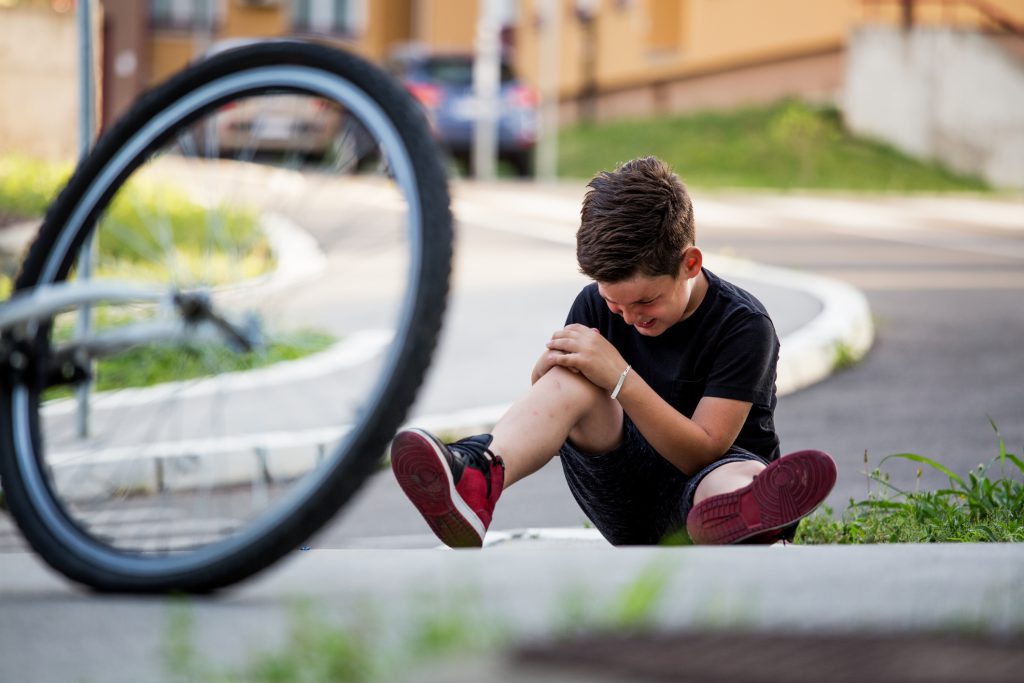Children Less Likely to Come to the Rescue When Others Are Available

Children as young as 5 years old are less likely to help a person in need when other children are present and available to help, according to research published in Psychological Science, a journal of the Association for Psychological Science.
“The children in our study helped at very high levels only when responsibility was clearly attributable to them,” explains psychological scientist and lead researcher Maria Plötner of the Max Planck Institute for Evolutionary Anthropology in Leipzig, Germany. “These findings suggest that children at this age take responsibility into account when deciding whether to help.”
The research indicates that, just like adults, children show the “bystander effect,” which is most likely driven by a diffusion of responsibility when multiple bystanders are available to help someone in need.
Previous research has shown that children are generally very helpful, but few studies had specifically looked at whether the presence of others affects this helping behavior.
To find out, Plötner and colleagues recruited 60 5-year-olds to participate in the study, with their parents’ permission. The children were told that they would be choosing a picture and coloring it in. Some children colored with only the researcher present in the room, while others colored at the same time as two other children. Unbeknownst to the participants, the two other children were actually part of the experiment and were instructed by the researchers to behave according to a script.
Before the coloring started, the researcher noticed a water puddle and she wiped it up with paper towels. She left the remaining paper towels on the floor, just “in case something needs to be wiped up later.” After about half a minute of coloring time, the researcher “accidentally” knocked over her cup of colored water. She tried to hold the water back with her arms and, after about 15 seconds, she looked at the water, said “Oops,” and groaned. The researcher made increasingly more obvious displays of distress and, eventually, if no one had helped her, she asked the children to retrieve the paper towels on the floor for her. And if no one helped after 90 seconds, the researcher retrieved the paper towels herself.
The data revealed a very clear pattern of findings: The children were less likely to get the paper towels for the researcher when other children were present and available to help. If the other children were unavailable for helping (because their path to the researcher was obstructed), however, the participants were just as likely to retrieve the paper towels as participants who were alone with the researcher.
Of all the children who did retrieve paper towels for the researcher, those who were alone with the researcher in the room were faster to help than those who were in the room with other children.
Interviews after the fact revealed that the majority of children recognized that the researcher had needed help, indicating that awareness of the problem could not explain the difference in behavior.
Interestingly, far fewer children said that it was their responsibility to help the researcher if they had been in the room with other children who could presumably also provide help.
“This study shows that although children are typically extremely helpful, this tendency to help can be overridden in certain circumstances,” says Plötner.
Together, the findings “illustrate the surprising complexity of young children’s helping behavior by demonstrating that when others are present, children will help more in some circumstances and less in others,” says Plötner.
Ultimately, the study results show that the bystander effect — a social phenomenon so robustly demonstrated in adults — is evident in children as young as 5 years old, indicating that it is a strong behavioral response that emerges early in development. With this in mind, interventions aimed at promoting prosocial, helping behavior in children should also address the issue of diffusion of responsibility.
Study co-authors include Harriet Over of the University of York, Malinda Carpenter of the Max Planck Institute for Evolutionary Anthropology and the University of St. Andrews, and Michael Tomasello of the Max Planck Institute for Evolutionary Anthropology.
The research was supported by Economic and Social Research Council Grant ES/K006702/1 to Harriet Over.





APS regularly opens certain online articles for discussion on our website. Effective February 2021, you must be a logged-in APS member to post comments. By posting a comment, you agree to our Community Guidelines and the display of your profile information, including your name and affiliation. Any opinions, findings, conclusions, or recommendations present in article comments are those of the writers and do not necessarily reflect the views of APS or the article’s author. For more information, please see our Community Guidelines.
Please login with your APS account to comment.